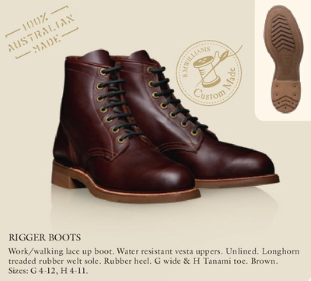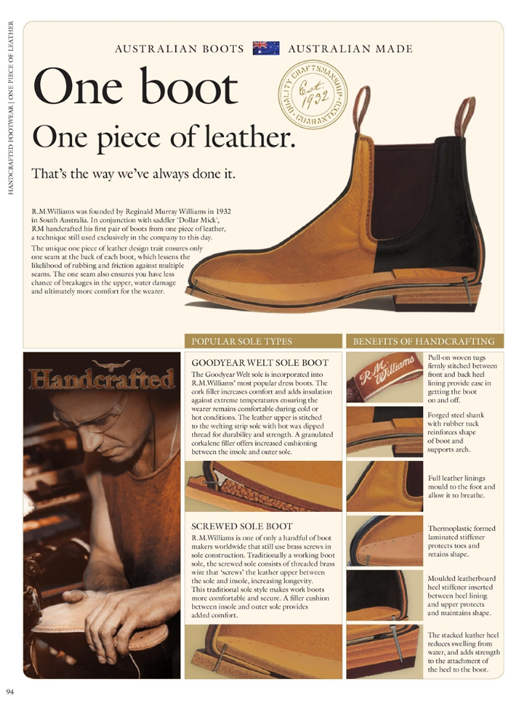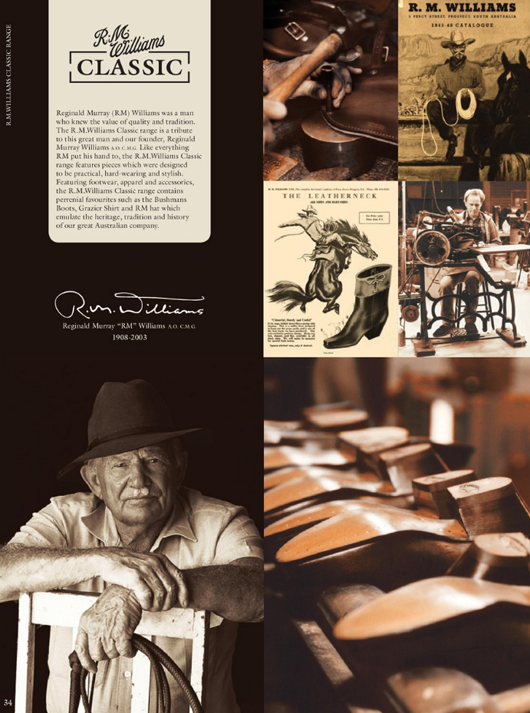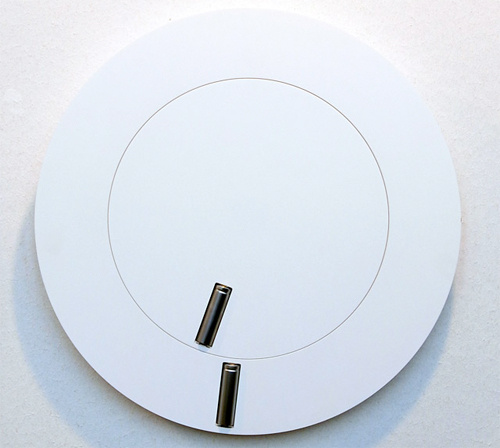There’s been buzz in UI circles about the end of hovers since the iPad’s debut. I’ve mentioned in talks that touch tablets pose a design challenge for web apps that rely on hovering with a mouse. But the fact that hovers don’t work on touch devices doesn’t spell their doom. If we step back from hovers to the wider picture, comparing the desktop’s vocabulary with the limits of “tap, hold, and drag” can give us a handle on the gradually differentiating roles and equally bright futures of desktops and touch tablets.
As touch tablets wax in popularity, they illuminate the role and utility of desktops (including laptops, which belong on a desk anyway). Take the desktop’s arsenal of gestures. Besides click and right-click, you have shift-click, command-click, command-tab, command-space, ctrl-a, ctrl-e, command-~, command-w, and on and on and on to even include, yes, the hover.
I always felt like computers were meant to be used with at least a hand poised on the home row, because without that arsenal of verbs things just take too long. As a power user, watching someone who isn’t familiar with all the shortcuts can put your patience under observation. To some folks, everything about the desktop is a hindrance, like swimming in molasses.
But to the geeky or trained, the desktop is a fount of power and speed. Documents are side by side, text flies from here to there, IMs are answered and dismissed, mockups reloaded, batches processed, all with tiny movements of the fingers. For those of us who work all day on computers, touch interfaces are not an impending disruption.
While the future of the desktop is bright, like some maturing stars it also becomes more concentrated. If I place a bet, it’ll be that the desktop negotiates its place among tablets to settle on a role we haven’t seen in a while: the workstation. As for interface designers, we will sometimes shift out of the one-size-fits-all mindset to ask ourselves: Which device is this app really for? The workstation or the tablet?








